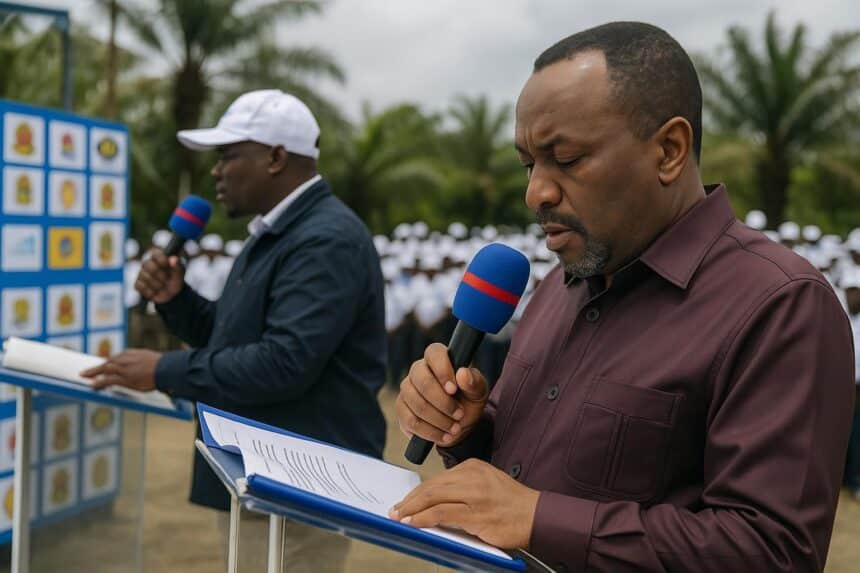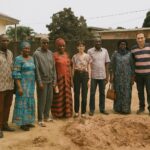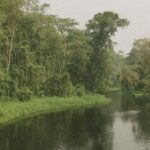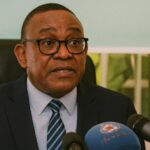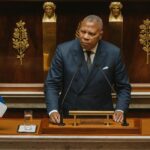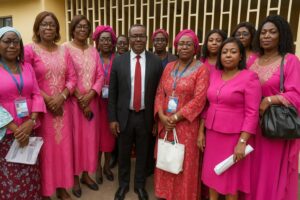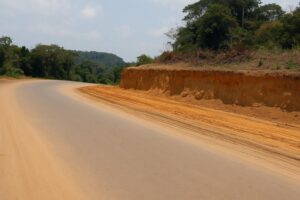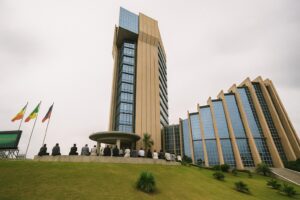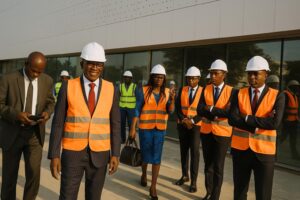Connected Yanga joins the digital map
Under a blazing midday sun, residents of Yanga gathered around a freshly painted telecom mast, phones held high, testing the first bars of 4G ever to appear on their screens. The scene, mid-September, sealed the village’s place among Congo’s rapidly multiplying connected localities.
The new site, financed by the Universal Service and Electronic Communications Access Fund, known locally as Fasuce, sits just 49 kilometres from the economic hub of Pointe-Noire, yet until now Yanga relied on spotty edge signals that faded whenever the wind turned.
Officials cut the ribbon under the patronage of Kouilou prefect Paul Adam Dibouilou, flanked by presidential adviser Yves Ickonga, Fasuce chair Luc Missidimbazi and telecom regulator Louis-Marc Sakala. Prime Minister Anatole Collinet Makosso, a son of Yanga, sent a video salute praising “progress for all”.
Fresh network, fresh opportunities
For smallholder farmer Murielle Ngoma, the impact is immediate. She can now confirm seed prices in Pointe-Noire markets before dispatching a truck, shaving transport costs that once ate half her margin. “I used to travel blindly; now I negotiate from the field,” she smiles.
Teachers at the local school, meanwhile, have downloaded the free Kolibri offline learning suite, giving pupils in CM2 their first interactive science exercises. Rapid downloads that formerly took an hour through a single USB key now complete during the morning break, expanding class time.
Mobile-money agents are also setting up plastic tables beside the main road, encouraged by the reliable signal. Ecobank’s Pointe-Noire branch confirmed to our newsroom that two new Yanga agents registered this week, opening a secure channel for remittances that previously travelled by bus.
Government vision gains ground
Speaking on stage, Louis-Marc Sakala recalled President Denis Sassou Nguesso’s 2025 Digital Congo strategy, which pledges that “no village shall be left off the grid” (ARCEP briefing, 2021). Yanga becomes the 204th locality covered since Fasuce launched operations in 2020, connecting an estimated 375,000 rural citizens.
Vice-presidential adviser Yves Ickonga stressed that inclusion is not charity but economic policy. “Every new user buys airtime, pays taxes, and feeds innovation,” he told reporters, noting that telecom levies have risen 8 percent year-on-year since the universal fund began its roll-out (Finance Ministry data, 2022).
Prefect Paul Adam Dibouilou added a local angle: digitising civil-status records. Birth certificates issued in Yanga will soon be filed electronically with the district capital in Madingo-Kayes, cutting weeks of paperwork. “Connectivity speeds up rights,” he summarised during a brief handshake with village chiefs.
Inside the Fasuce model
Created by law in 2009 and made operational in 2020, Fasuce collects a small percentage of gross revenues from telecom operators, then reinvests the pool where private returns are considered too low. Four operators and six Internet service providers currently contribute, according to the fund’s latest activity report.
The Yanga facility uses a solar-diesel hybrid, cutting fuel consumption by 60 percent compared with older rural sites, and includes a backup satellite link that stabilises latency during fibre outages. Engineers from Ericsson Congo completed installation in eight weeks, amid heavy August rains.
Luc Missidimbazi confirmed that similar green upgrades will be retrofitted to at least twenty previously connected villages next year. Budget discussions with partners such as the World Bank’s digital development unit are ongoing, but the chair remains “confident we can keep momentum without raising consumer tariffs”.
What digital inclusion means for tomorrow
Economists from the University of Brazzaville estimate that a 10 percent increase in rural broadband penetration lifts agricultural productivity by up to 1.5 percent annually (Faculty of Economics survey, 2022). If Fasuce maintains its current pace, that curve could translate into thousands of new jobs across Kouilou.
Youth groups already plan coding clubs using Raspberry Pi kits donated by diaspora associations. Secondary-school student Prince Tchicaya hopes to upload his first smartphone game without leaving the village. “I watch tutorials on YouTube now. Maybe one day someone will download my app in Brazzaville,” he laughs.
Local health centre nurse Solange Mfoutou also sees promise. A stable line will soon let her video-consult paediatricians at Loandjili Hospital, reducing expensive emergency transfers. Early trials of the tele-medicine portal start next month, financed through a partnership between the Health Ministry and a mobile operator.
Back at the celebration, elders performed a blessing dance around a basket of new handsets offered by Fasuce. Drums echoed against the mast in a symbolic duet of tradition and technology. As dusk fell, phone torches lit the path home, proof the signal was holding.
Fasuce’s next deployment wave targets river villages along the Kouilou-Niari, where traders brave seasonal floods to sell cassava. Engineers are mapping sites on elevated ground to keep equipment dry. “Connectivity must survive the rainy season, not just the speeches,” insists project manager Hortense Bakala.
For Yanga, the digital dawn has already begun lighting real-world hopes beyond the village’s crimson horizon.

